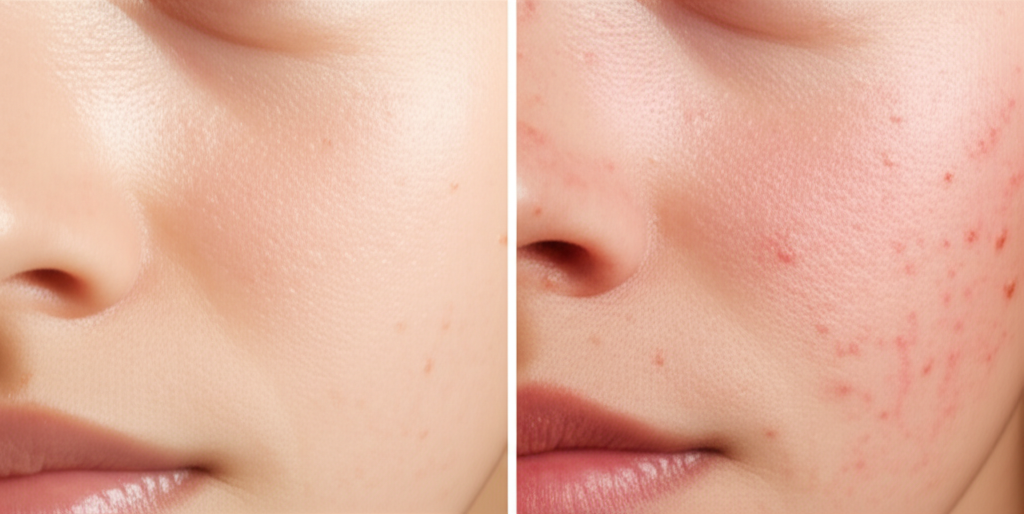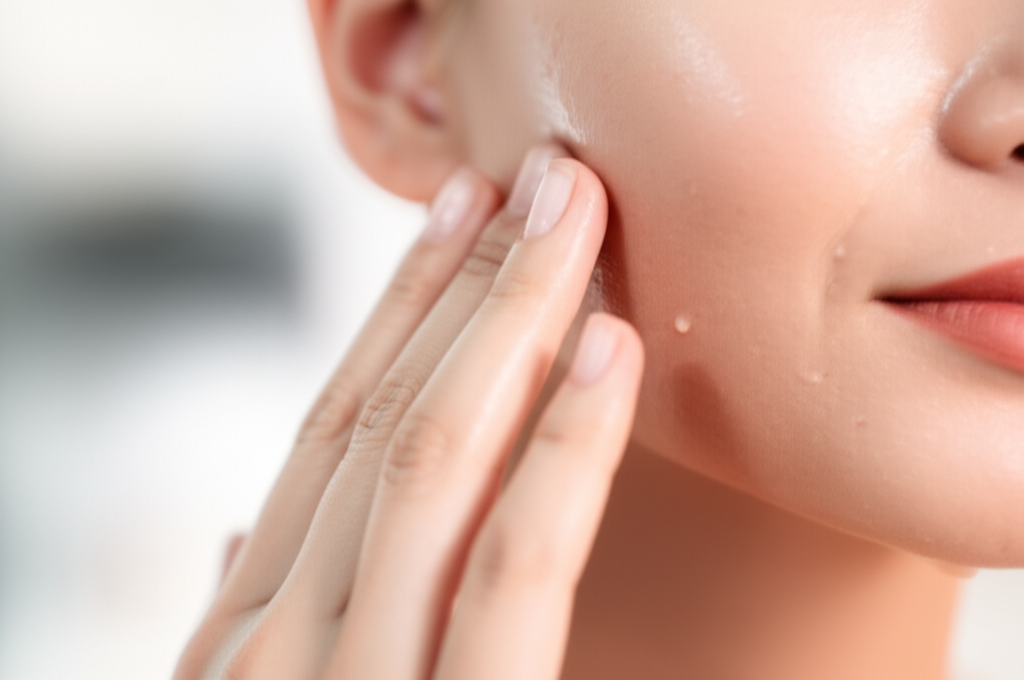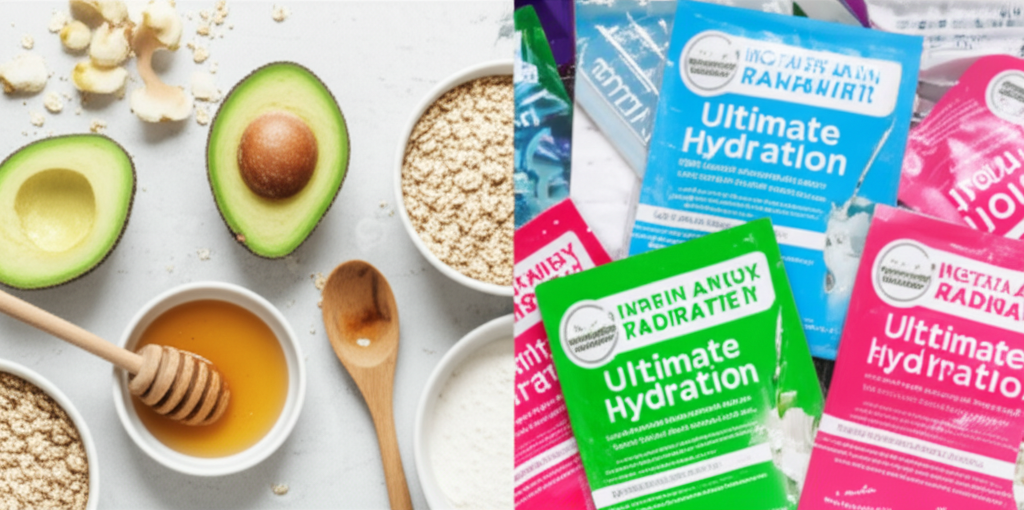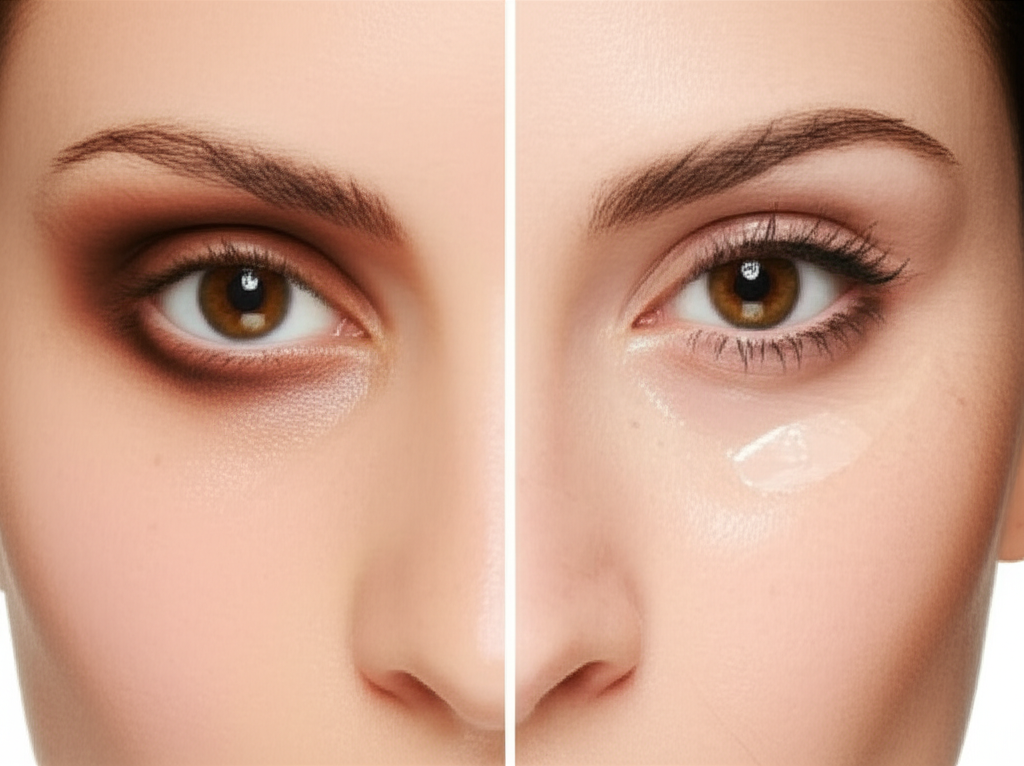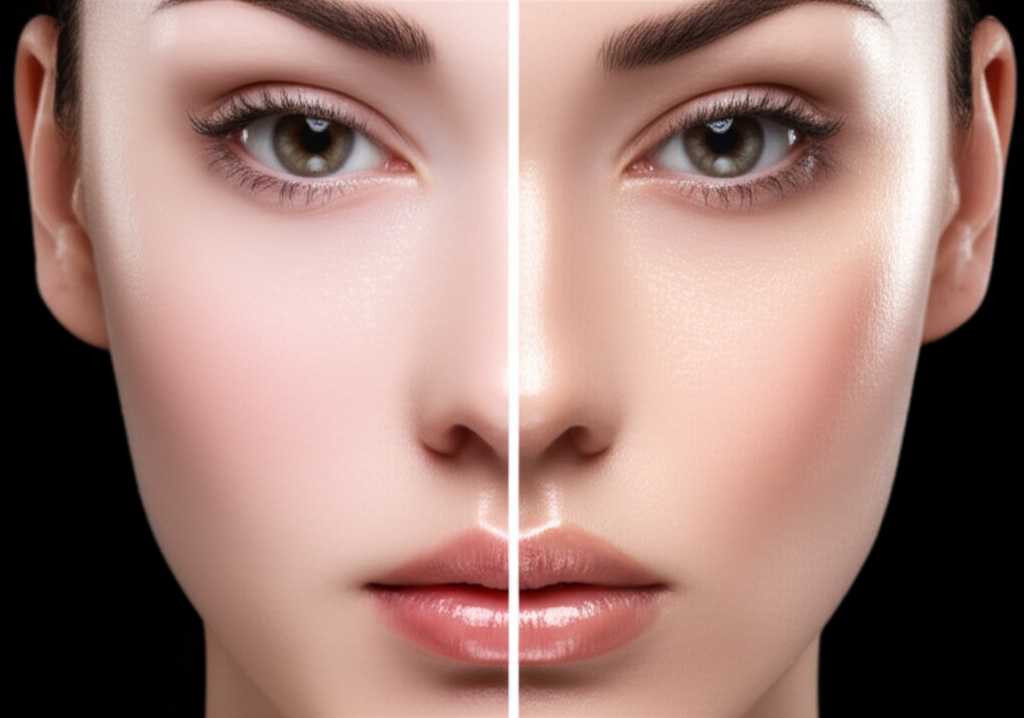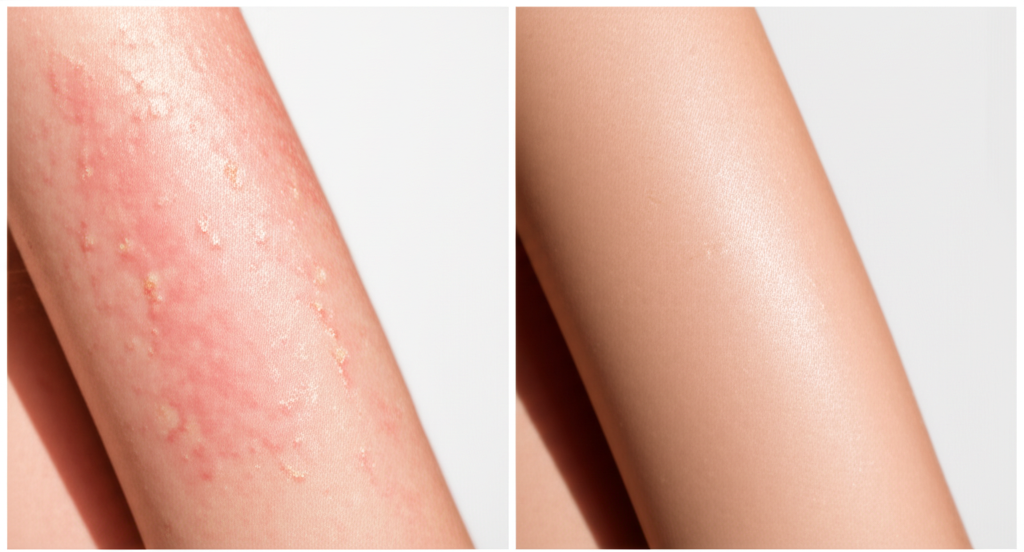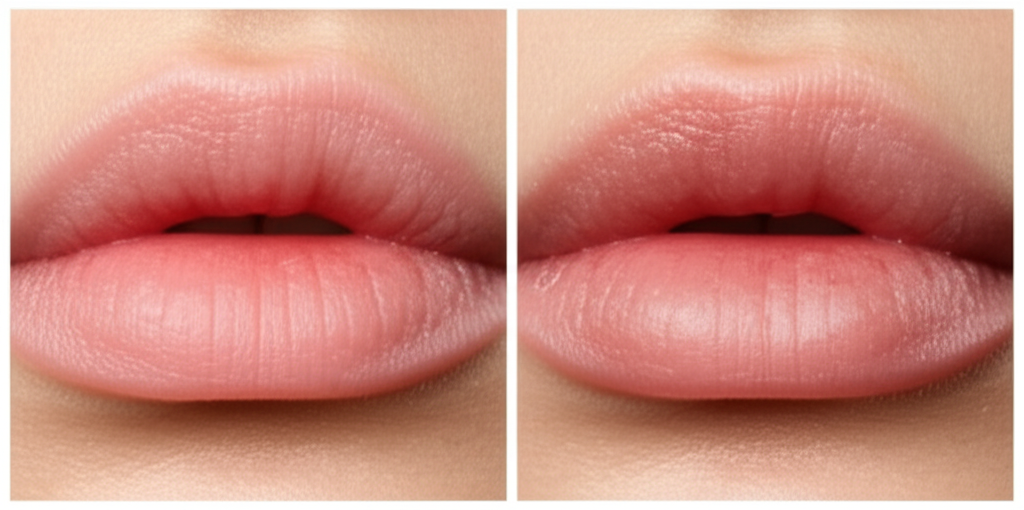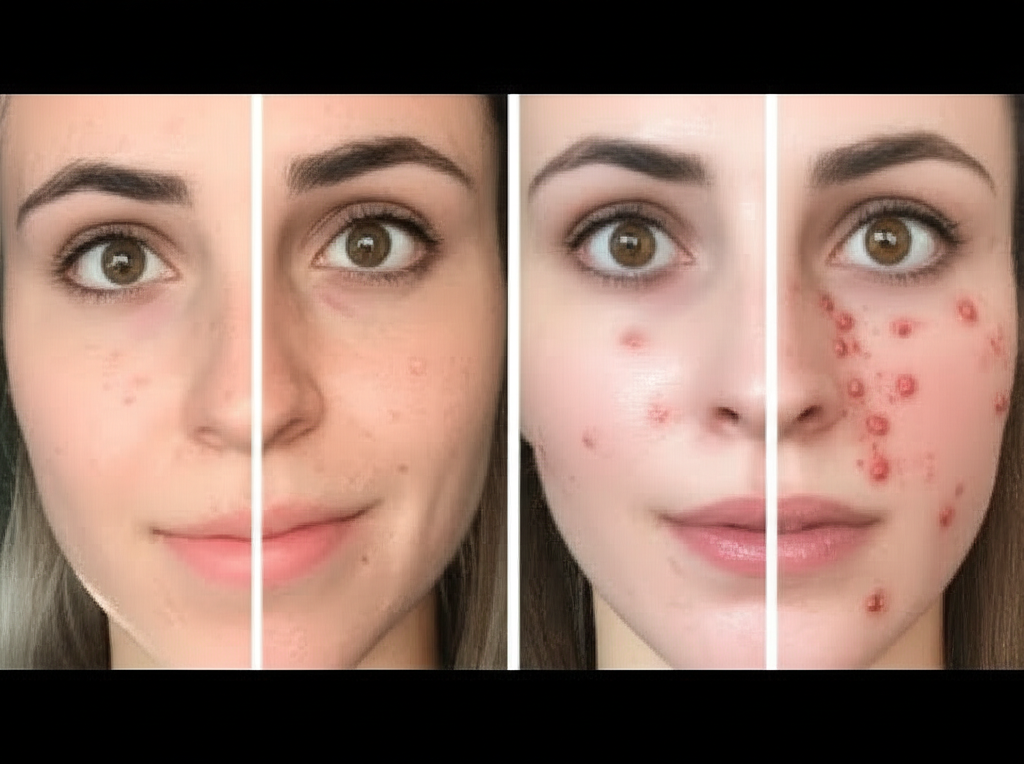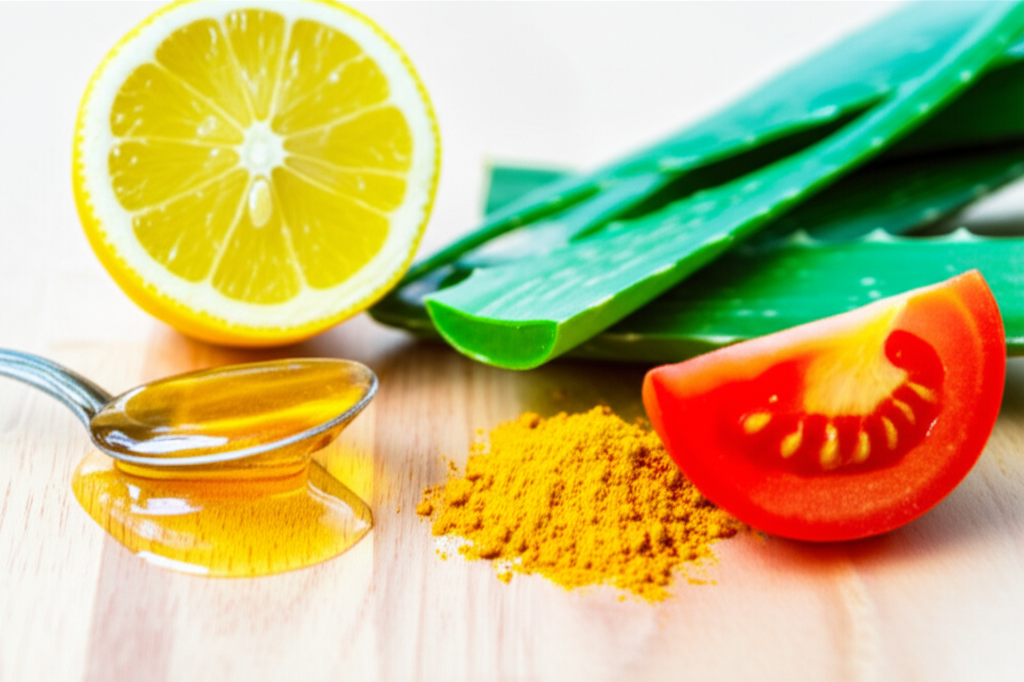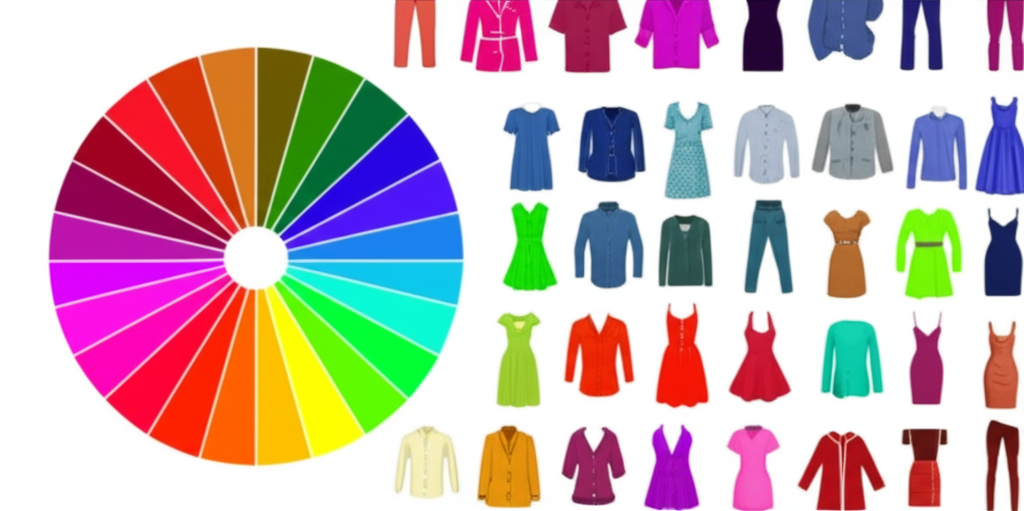Contouring and Highlighting: Mastering the Art (and Avoiding the Muddy Mess)
Contouring and highlighting—techniques that exploded onto the scene via TikTok—aren't just fleeting trends. Mastering them elevates your makeup game, adding depth and dimension to your features. But poorly executed, they can leave you looking muddy and unnatural. Let's break down how to do it right.
Understanding the Principles: Contouring uses a shade darker than your skin tone to sculpt and define areas you want to recede, like the sides of your nose or the hollows of your cheeks. Highlighting, conversely, uses a lighter shade to bring forward and emphasize features, brightening areas like the brow bone, cupid's bow, and cheekbones. The key is seamless blending.
Product Selection is Key: Forget harsh, chalky products. Cream contour and highlight are generally more forgiving for beginners, blending easily and providing a natural finish. Powders are great for setting and adding definition, but only after seamlessly blending your cream products. Opt for shades that complement your undertones – cool, warm or neutral – for the most natural-looking results.
Placement is Everything: Accurate placement is critical. For cheek contour, suck in your cheeks to find the hollows and apply the contour shade there, blending upwards towards your hairline. Nose contouring involves applying a thin line of contour along the sides of your nose, blending carefully towards the bridge. Highlighting should be strategic—a touch on the brow bone lifts the eyes, a dab on the cupid's bow adds fullness to the lips, and highlighting the cheekbones creates a lifted effect.
Blending is Your Best Friend: This is arguably the most important step. Use a damp beauty sponge or a fluffy brush to seamlessly blend the contour and highlight into your base makeup. The goal is a gradual transition, not harsh lines. Pay attention to the edges and blend, blend, blend until there are no visible harsh lines.
TikTok Trends to Try (with Caution):
- Cream Contour + Powder Set: This combination is a popular and effective method for long-lasting contour that avoids looking cakey.
- "Reverse Contouring": Applying highlight to areas you typically contour can create a softer, more youthful look, but it may not suit everyone. Experiment cautiously.
- "Sculpting" with Bronzer: While bronzer adds warmth and dimension, it shouldn't be used as a direct replacement for contour. True contouring involves a darker, cooler shade than bronzer to create shadow and depth.
Trends to Avoid: Overly harsh contouring that creates strong lines and unnatural shadows remains a common mistake. Avoid products that are too dark or orange, and always prioritize blending to achieve a natural, sculpted look. Remember, the goal is enhancement, not a drastic transformation.

